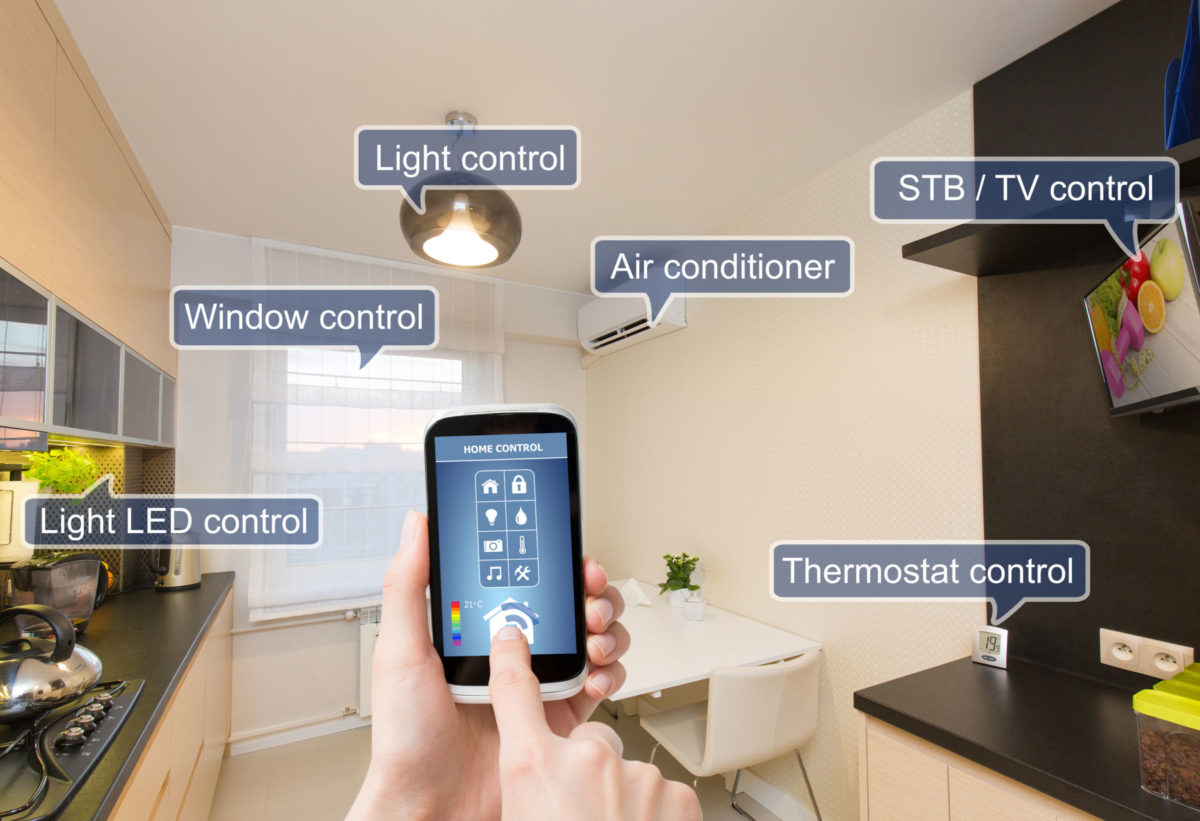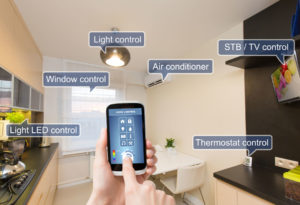In only three years, the number of Americans who claim to understand what a smart home is has jumped 53 percent, according to a Finn Futures survey. This doesn’t mean we’re all adopting connected home technology, however. In fact, the survey finds that 59 percent of Americans don’t plan on doing so soon and cite cost as the main barrier.
Yes, it’s pricey, but some features may just be worth the money, while others may not.
Smart locks
The Finn survey finds that 55 percent of respondents want automated, or “smart” door locks. Interestingly, these locks don’t make your home any more secure than your deadbolt does because they work with the deadbolt, not instead of it. “You’re paying for convenience (not necessarily security), according to cnet.com’s Ry Crist.
Depending on the type you choose, from key fob, password entry and fingerprint recognition to Bluetooth or Wi-Fi enabled, smart locks can be quite pricey so consider why you want one before purchasing. If it’s for the convenience factor, go for it. If you’re concerned about home security, forego the lock and invest in a smart home camera, an alarm system or motion-sensing doorbell instead.
Smart thermostat
One of the top smart home gadgets that the Finn survey respondents want is the smart thermostat (44 percent want one). What can a smart thermostat do that the trusty old programmable one can’t?
Make life more convenient is the obvious answer if you’ve ever tried to program a standard thermostat. Not only is it time consuming but they are limited in how many different programs you can use.
Smart thermostats, on the other hand, are connected to the Internet and controlled by other devices, such as smartphones. The number of programs you can use is unlimited and programming them is simple. In fact, if you purchase a learning thermostat, such as Nest, you won’t need to program it at all. It promises that after only one week, it will have “learned” your routine and automatically adapted to it.
We think it’s worth the splurge (about $249) because it helps save money on utility bills. In fact, three studies of the Nest Learning Thermostat, based on a comparison of utility bills from before installation of Nest and after the installation, showed that users saved an average 10 to 12 percent on their heating bills and 15 percent on cooling. Impressive enough for the Nest thermostat to become ENERGY STAR certified by the EPA.
Smart lighting
Coming in third as the most desirable smart home feature is smart lighting. This feature allows you to program the lights in your home to turn on, off and even dim via a remote device (such as your smartphone).
You may want to program the gadget to turn on the porch light at dusk, or as you ‘round the corner in your neighborhood on your way home from work, turn on random lights around the house when you’ll be out of town or, if you have a teenager that leaves a trail of lit rooms in his or her wake, turn off lights when someone leaves a room. In the latter case, smart lighting may save you money on your electric bills.
Smart smoke alarms
If a smoke alarm in a home is activated and no one is around to hear it, does it make a sound? It does if it’s smart and connected. Smart alarms send a warning to your phone, a handy feature if a fire breaks out while you’re at work.
We think they’re worth it mainly for the sense of security they provide but also because you may receive homeowner insurance discounts. Check with your insurance representative before purchasing a smart smoke alarm because some insurers have a list of those they consider “qualified.”
Homeowners aren’t yet jumping on the smart home bandwagon, but homebuilders are and don’t be surprised within the next few years to find newly constructed homes offering a full package of connected-home options.

